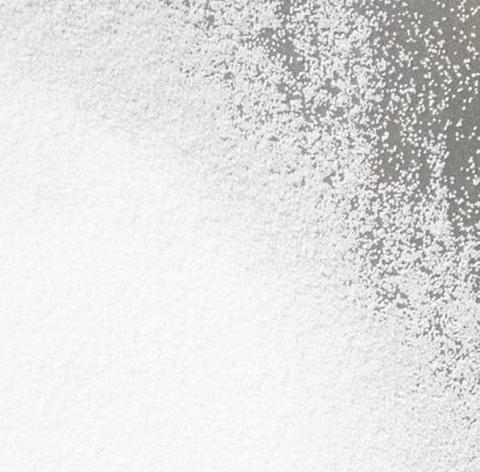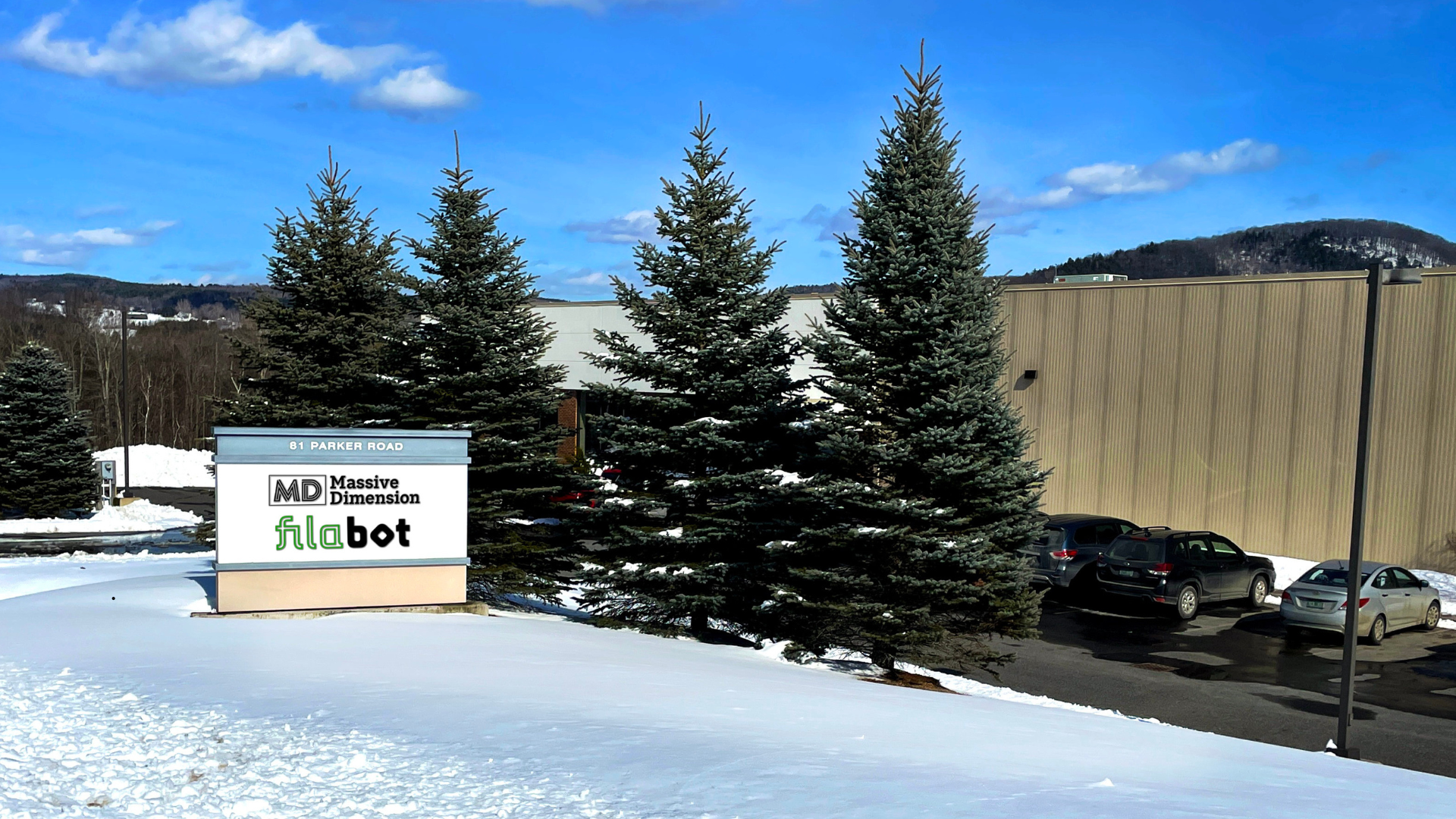3D Printing, Waste Management, and Filament Reclamation
Innovative 3D printing is changing the landscape of modern life. The technology is being adopted by hobbyists and professionals alike. It is opening up new creative possibilities. People involved in 3D printing are making home utensils, works of art, parts for industrial equipment, prosthetics and more. It’s getting used in the manufacturing, medical equipment, and automotive industry. Of course, there is a growing concern about the sustainability of the raw materials. So it's necessary to take proactive steps to better manage waste.
3D Printing Technologies
Modern 3D printers take a layered approach to printing objects. They lay down layer after layer of material with utmost precision to create beautiful products. There are different types of 3D printers:
• Fused Deposition Modelling (FDM) - Uses additive manufacturing process for modeling and prototyping.
• PolyJet Photopolymer - Creates realistic prototypes.
• Selective Laser Sintering (SLS) - Uses additive manufacturing process with lasers.
• Stereolithography (SLA) - Uses photopolymerization process.
In 3D printing, the most used material is plastic. Metals and ceramics are also used regularly.
Environmental Impact
3D printing technology is disruptive. It has a forceful impact on manufacturing and the flow of business. Instead of outsourcing, more companies will be able to produce their products locally. It’s important to contemplate the impact of these changes. There will be less need for transportation and less greenhouse gas emissions. It brings with it the possibility of “zero waste emission.” With improvements in 3D printing technology, homeowners can produce high-quality products. Just like cooking your own meal at home can give you control over your diet, making your own products gives you the ability to control your raw materials for the best results. You don’t have to wonder if you are harming or helping the environment.
Managing Waste
3D printing produces a lot of waste. Creating new products require going through multiple iteration cycles. Each cycle can produce unnecessary prints. Throwing those prints out can cause problems for the environment. Ideally, if 3D printing machines could recycle the plastic, it would save enormous time and money. But in the absence of that, the teams working with 3D products will have to take proactive steps to manage the waste produced from the equipment.
It can be enormously helpful if designers and manufacturers create products with the environment in mind. If a products are “by design” environment-friendly, it will decrease the amount of energy wasted. Also, it’s easier to change anything early in the game. As the printer technology matures, it’s going to get harder to incorporate changes.
Use Filabot Solutions to Save the Environment
Filament reclamation is a great way to reuse materials. Filabot equipment like extruder, reclaimer, and spooler can help 3D printing users turn unwanted prints into reusable filament. This way 3D printing users can keep recycling their raw material again and again.
Want to find out more? Please subscribe to our Facebook, Twitter, Instagram or YouTube channel to stay updated on future announcements.
If you have any questions about the article or any aspect of the Filabot products please feel free to contact us. Our expert engineers are ready to help you today.




2 comments
Filabot Team
Hello Debra, please email us at contact@filabot.com for any questions you may have. We will get back to you a lot quicker that way as it’s our main source of communication with customers. Thanks!
Hello Debra, please email us at contact@filabot.com for any questions you may have. We will get back to you a lot quicker that way as it’s our main source of communication with customers. Thanks!
DEBRA SANDERS
Would like information
Would like information